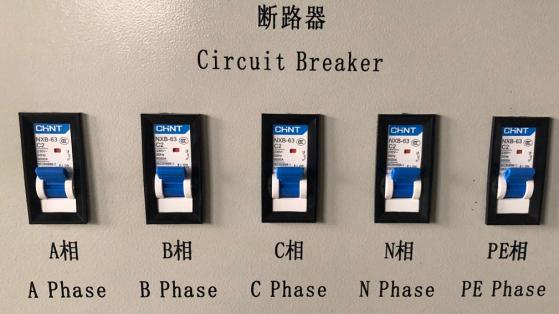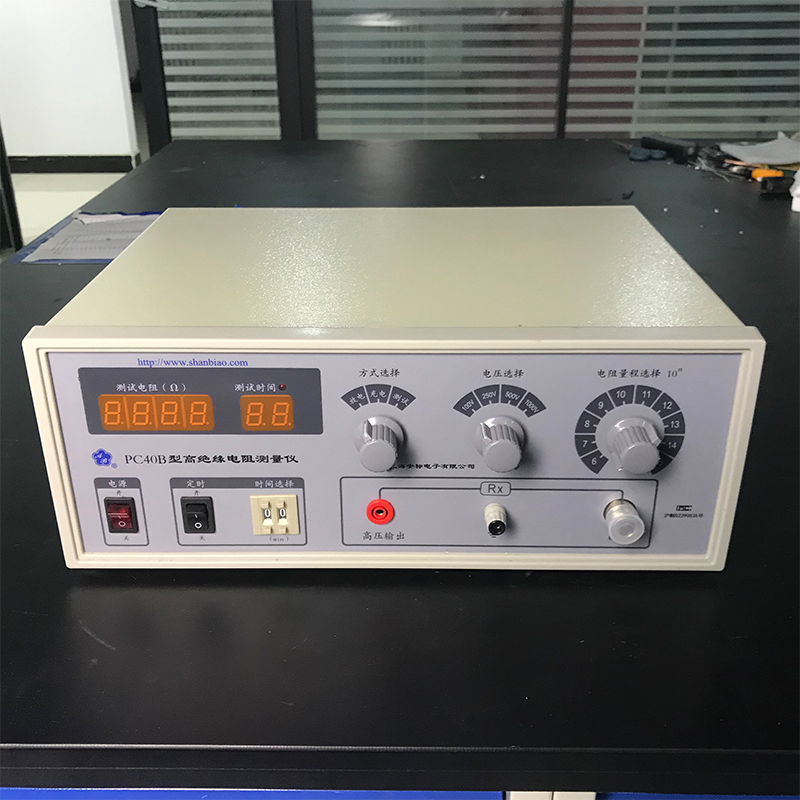Advanced Aging Test Chamber Precision Acceleration Testing Solutions
This comprehensive guide explores critical aspects of industrial testing equipment:
- Fundamentals of accelerated product testing technology
- Performance capabilities of modern testing systems
- Comparative analysis of industry-leading equipment providers
- Tailored solutions for specialized testing requirements
- Industry-specific implementation success stories
- Compliance standards and testing methodology validation
- Strategic selection criteria for testing partnerships

(aging test chamber)
Essential Fundamentals of Accelerated Product Testing Technology
Aging test chambers simulate years of product deterioration within weeks through precise environmental stress factors. These systems typically operate within industrial temperature ranges of -70°C to +180°C (±0.5°C accuracy) with humidity control spanning 10-98% RH (±1.5% variation). Such extreme parameters allow manufacturers to identify potential failure points in:
- Polymer components under thermal cycling stress
- Electronic assemblies subjected to condensation
- Protective coatings experiencing accelerated UV degradation
- Sealed systems undergoing pressure differentials
The global accelerated testing equipment market reached $2.1 billion in 2023, with chemical-resistant chambers accounting for 32% of industry demand according to recent industrial reports. Proper testing correlates directly with warranty reduction - manufacturers report 15-20% decreases in field failure rates after implementing rigorous aging protocols.
Performance Capabilities of Modern Testing Systems
Contemporary chambers incorporate engineering innovations that deliver unmatched reliability and precision:
Temperature Transition Rates: Advanced models achieve 15°C/minute thermal ramp speeds, reducing test cycle durations by up to 40% compared to legacy equipment. Cascade refrigeration systems maintain deep sub-zero temperatures without performance fluctuations.
Environmental Uniformity: Computational fluid dynamics (CFD) optimized airflow designs maintain ±0.8°C temperature homogeneity across test volumes reaching 64m³. Multi-sensor validation protocols certify performance consistency throughout chamber working zones.
Intelligent Control Systems:
Self-diagnosing controllers with predictive algorithms automatically compensate for component drift. Automated calibration routines maintain measurement accuracy within ±0.3% across 5000+ operational hours, substantially reducing manual verification requirements.
Comparative Analysis of Equipment Providers
| Manufacturer | Operational Range | Chamber Sizes | Industry Certifications | Service Network |
|---|---|---|---|---|
| ThermoTest Systems | -80°C to +190°C | 100L to 18,000L | ISO/IEC 17025, AS9100 | 84 countries |
| EnviroTech Labs | -70°C to +180°C | 50L to 10,000L | IATF 16949, ISO 9001 | 47 countries |
| ClimaSim Industries | -60°C to +170°C | 80L to 15,000L | ISO 13485, GMP | 31 countries |
Leading suppliers differentiate through specialized validation protocols. Tier 1 manufacturers typically provide 40% faster commissioning times than industry averages through pre-certified chamber designs with integrated calibration systems.
Specialized Testing Applications
Custom engineering addresses unique testing requirements:
Automotive: Multi-axis vibration platforms synchronized with thermal cycling validate EV battery resilience under simulated road conditions. These systems replicate 8-year usage profiles within 14-week test cycles.
Aerospace: Altitude simulation systems with rapid decompression sequences (10-30 kPa/min) test avionics against MIL-STD-810H specifications. Pressure differential capabilities reaching 50,000ft equivalent altitude distinguish specialized units.
Medical Devices: ISO 13485-compliant chambers integrate particulate monitoring for cleanroom-compatible validation environments. Validation packages include complete IQ/OQ documentation for regulatory submissions.
Renewable Energy: Solar panel testing configurations combine concentrated UV exposure with thermal shock transitions from -40°C to +105°C in under 9 minutes.
Implementation Success Stories
Consumer Electronics Manufacturer: Implemented 12 thermal shock units reducing field failure rates by 18% within first production year. Validated smartphone component lifetimes met industry durability standards through 2000 thermal cycles (-40°C to +85°C).
Automotive Supplier: Customized multi-station chamber cluster performing simultaneous testing on 12 battery packs under vibration stress. Achieved 93% correlation between accelerated testing results and real-world battery degradation data.
Medical Device Producer: Validated pacemaker housing integrity through 5-year equivalent environmental stress testing in 11 weeks. Testing prevented potential field failures estimated to cost $4.2 million in recall expenses.
Compliance and Validation Protocols
Internationally recognized standards govern testing methodologies:
- IEC 60068 environmental test procedures
- MIL-STD-810 military equipment standards
- ISO 16750 automotive electrical validation
- ASTM F1980 accelerated aging protocols
Calibration traceability through NIST-accredited laboratories provides measurement uncertainty below 0.25%. Third-party validation certificates document performance specifications before equipment commissioning, ensuring regulatory compliance from initial operation.
Selecting Reliable Testing Chamber Manufacturers
Partnering with established aging test chamber
manufacturers requires technical evaluation of key parameters:
Performance Validation: Request third-party certification reports for temperature uniformity and system stability. Reputable manufacturers provide detailed performance mapping data covering entire operational ranges.
Engineering Support: Prioritize suppliers providing computational modeling for customized chamber configurations. Pre-commissioning simulations predict performance characteristics before production.
Service Infrastructure: Evaluate spare parts availability commitments - premium suppliers stock 92% of replacement components domestically, minimizing equipment downtime. Maintenance contracts offering 24-hour emergency response deliver optimal operational continuity for critical testing operations.
Thorough manufacturer evaluation significantly impacts testing program success - companies implementing detailed supplier audits report 68% fewer operational disruptions during long-duration aging tests according to industry benchmarking data.

(aging test chamber)
FAQS on aging test chamber
Q: What is an aging test chamber used for?
A: Aging test chambers simulate environmental conditions (like heat, humidity, or UV exposure) to accelerate material degradation. They help manufacturers assess product longevity and reliability under extreme stresses.
Q: Why choose professional aging test chamber manufacturers?
A: Established manufacturers guarantee precision engineering and ISO-compliant calibration. They offer tailored solutions with reliable technical support, ensuring accurate test results and compliance with industry standards.
Q: What services do aging test chamber exporters provide?
A: Exporters handle global logistics, documentation, and customs clearance. They offer multilingual support, warranty extensions for international clients, and region-specific voltage/power adaptations.
Q: How do aging test chamber companies customize solutions?
A: They design chambers for specific tests like UV weathering or thermal cycling based on material types. Customization includes unique sizes, programming sequences, and real-time data monitoring features.
Q: What quality standards define reputable aging test chamber manufacturers?
A: Top manufacturers adhere to IEC/ISO certifications (e.g., ISO 4892) and use aerospace-grade components. Rigorous in-house validation and third-party performance testing ensure consistent chamber accuracy.
-
Why the Conductor Resistance Constant Temperature Measurement Machine Redefines Precision
NewsJun.20,2025
-
Reliable Testing Starts Here: Why the High Insulation Resistance Measuring Instrument Is a Must-Have
NewsJun.20,2025
-
Flexible Cable Flexing Test Equipment: The Precision Standard for Cable Durability and Performance Testing
NewsJun.20,2025
-
Digital Measurement Projector: Precision Visualization for Modern Manufacturing
NewsJun.20,2025
-
Computer Control Electronic Tensile Tester: Precision and Power for the Modern Metal Industry
NewsJun.20,2025
-
Cable Spark Tester: Your Ultimate Insulation Assurance for Wire and Cable Testing
NewsJun.20,2025
 Copyright © 2025 Hebei Fangyuan Instrument & Equipment Co.,Ltd. All Rights Reserved. Sitemap | Privacy Policy
Copyright © 2025 Hebei Fangyuan Instrument & Equipment Co.,Ltd. All Rights Reserved. Sitemap | Privacy Policy
